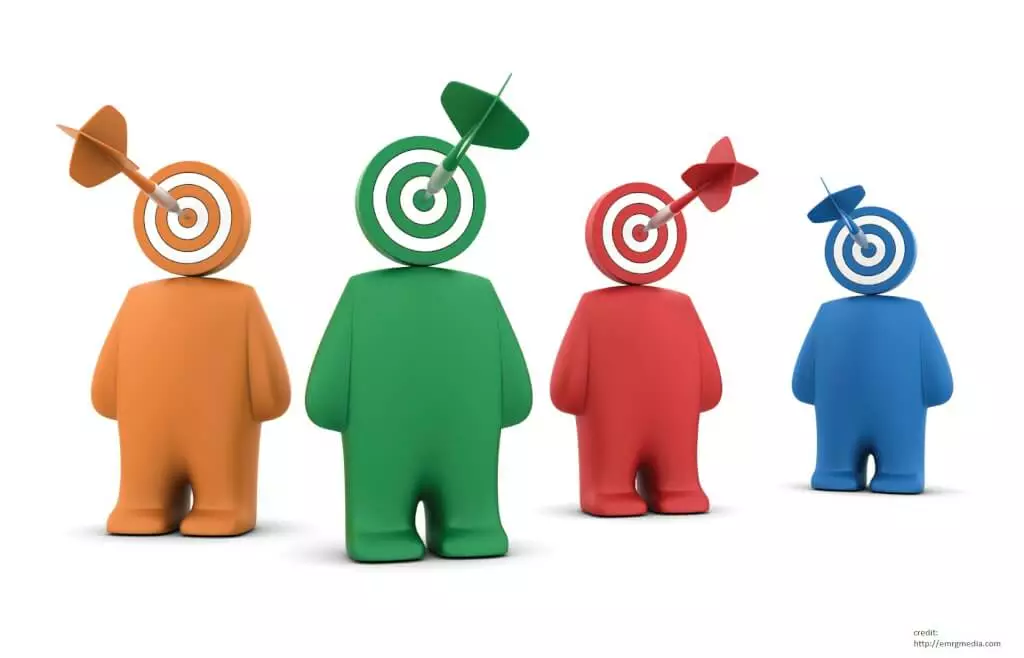How to Write Professional Emails in the Messengers Era

As mobile communication platforms such as WhatsApp, Facebook Messenger, Google Hangout, GroupMe and others have become preferred methods of keeping in touch with your clients and colleagues, it might seem that emails are irrelevant in today's business culture. But while the instantaneous nature of these messaging apps offers convenience and accessibility, there is a degree of professionalism in an email correspondence that a brief texting exchange often lacks. So how to write professional emails that don't come across as obsolete and manage to hold the attention of your recipient?
These four strategies are useful and efficient points of reference to consider when sending your next business email.
1. Make the Subject Line Concise
One appeal of the messaging trend is how quickly and succinctly information can be delivered. People often don't have the time or patience for a rambling monologue, so just a couple sentences of text with clear conclusions is adequate to secure their interest and retention.
Keep that same approach in mind when choosing the subject line when writing a professional email thread. When a recipient checks their inbox, it's plausible to assume they're scanning the first few words—give or take—of the subject line, then deciding whether to open the email and continue reading. So anchor your subject line with the main point you need to communicate and place those keywords right at the beginning.
Write and manage your emails like a professional with Mailbird.
Avoid language that is too verbose or can be misconstrued as "spammy". The shorter and more direct you frame it, the more likely a recipient is to engage with the content of your email instead of scrolling past the subject line.
2. Write for Your Specific Audience
When structuring the body of a professional email, it's imperative to consider who the email is addressing. Is the recipient a coworker, employee, supervisor, client, stakeholder or another business entity? An individual's position and connection to you will dictate how the email is worded.
This is where email has an advantage over messaging because this particular medium offers the space to personalize your communication. For example, you are writing to a team member you're collaborating on a project with. The tone can be more relational and conversational with internal jargon or abbreviations used. But if the recipient is a client or employer, the tone often needs to be less familiar and more deferential.
Don't pander to your audience which comes across as disingenuous. It's important to maintain authenticity. Take each relationship dynamic into account before deciding how to write the email professional. A helpful gauge is thinking about your verbal communication with that person. The manner in which you talk to a friend at the water cooler is different than how you interact with your boss in a meeting. The email correspondence should reflect that distinction.

3. Choose a Focal Point to Discuss in Your Professional Emails
There is a reason you invest time and effort into writing an email in the first place. It serves a purpose, both for you and the person reading it. But for the sake of clarity and brevity, it should cover just one well-defined focal point instead of bouncing around to multiple half-baked, disjointed or unrelated ideas.
When conversing through a messenger app, you often narrow the topic of discussion. Mainly, because it's understood that you and the recipient are both multi-tasking in the midst of this exchange. That's why mobile communication is popular—it accommodates a busy, fast-paced workflow. So adopt a similar mindset when it comes to email and assume that your recipient has the bandwidth for one call to action at a time. If you're contacting someone to verify tomorrow's business lunch, then remember you also need to forward them notes from last week's budget meeting, these focal points should be addressed in two separate emails. It might seem unnecessary or excessive, but this approach tends to minimize confusion. It keeps the information digestible rather than inundating the other person with several memos, tasks or requests all at once.
4. Ask "Is the Content Readable?"
Communication threads on platforms like WhatsApp are entertaining to read. Not just because they're concise and pithy, but also because they're visual. On instant messaging services, you can interact with people using all kinds of digital media such as images, and videos. This makes the conversation both sensory and stimulating for all parties involved. Since email doesn't offer that same versatility, it's crucial to attract and maintain the recipient's attention through your choice of words.
Think of writing an email as constructing a narrative—most people are drawn to information that is fresh, relatable and thought-provoking, so offer content that someone would actually want to read. Before sending an email, skim through it and critically pose the question, "Does this absorb my interest?" If you're not compelled by the message you have written, chances are the recipient will be even less attentive.
You might be emailing the other person about something as mundane as client feedback on a project. This doesn't mean your verbiage has to sound monotonous. Use descriptive language that invokes their curiosity, encourages them to brainstorm and mobilizes them to respond with affirmative action. If the content is readable, it won't be filtered into "junk mail." There is no question that today's culture of business has gone mobile, but email correspondence still has a place. An enormous volume of messages are flooding inboxes and smartphones on a daily basis. It's important to make sure that your emails are noticed—not discarded in the shuffle. So keep the information succinct, focused, audience-specific and engaging to read. With these strategies at your disposal, sending emails won't seem like an exercise in futility but an efficient mode of conducting business.
About the Author:
Lesley Vos is a professional web writer and writing coach from Chicago. Currently blogging at Bid4Papers website and contributing to publications on business, digital marketing, and self-development, Lesley helps peers develop the confidence and skills for better content creation and promotion. Feel free to get in touch on Twitter.
Do you need help managing your Business Emails?